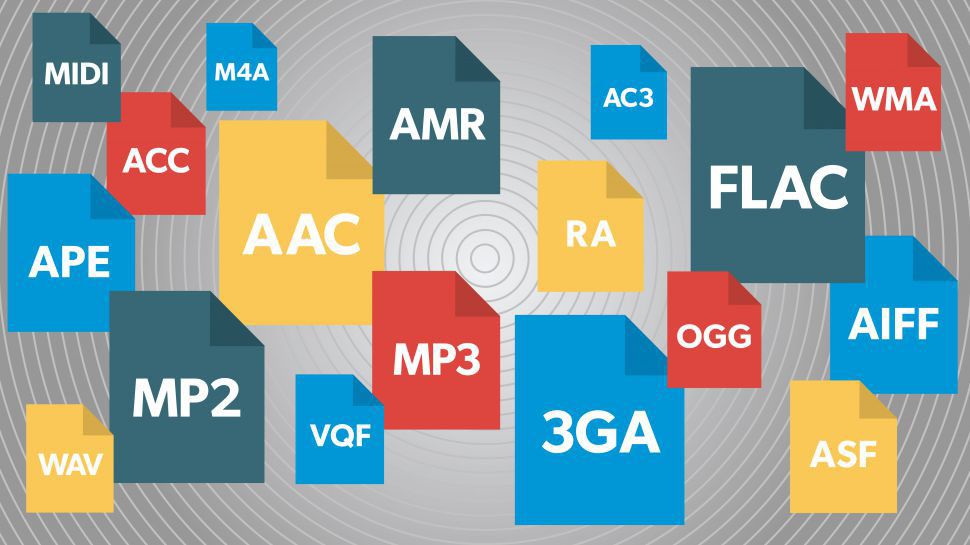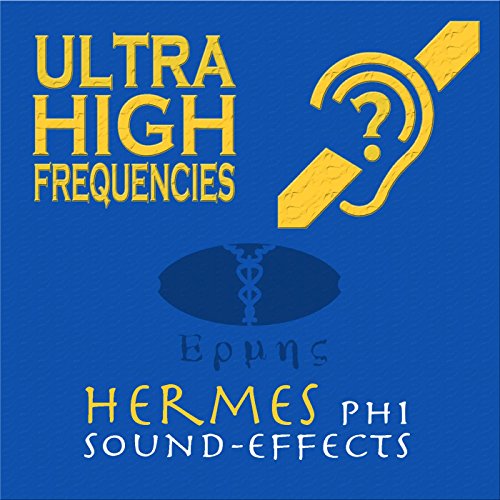High Frequency Sound Mp3 Download

Download High Frequency songs, singles and albums on MP3. Over one million legal MP3 tracks available at Juno Download. High Frequency tracks. Listen to High Frequency Sound SoundCloud is an audio platform that lets you listen to what you love and share the sounds you create. 26 Followers. Stream Tracks and Playlists from High Frequency Sound on your desktop or mobile device.
Description
The Schumann Resonance is a frequency in our atmosphere that is triggered by lightning. The frequency averages 7.83 cycles per second, and it entrains our brain into a brainwave state right between Theta and Alpha. Since it has been humming in our atmosphere for millions of years it is a frequency that we actually need. Astronauts actually received this frequency electromagnetically whenever in outer space. The problem is that this frequency is obscured by the electromagnetism in a city. Naruto shippuden music.
This CD contains the Schumann Frequency as binaural beat frequencies for maximum effect. There is no music on this CD! The frequencies are played on a carrier frequency of 62.64 hertz — the same note as the Schumann frequency at a higher octave. We also include binaural beats in Delta and Deep Delta (Epsilon) also tuned to the Schumann frequency to bring you into a deep state of meditation.
Short Demo (The frequencies are too low to be heard on small laptop speakers)
Key Concepts
Sound
Frequency
Pitch
Hearing

Introduction
Ever wonder why some adults experience trouble with hearing as they get older? Hearing loss tends to become more severe as we age. But does hearing loss cause everything to sound uniformly softer or do certain sounds become harder to hear than others?
Some security companies recently began manufacturing machines designed to emit an annoying sound that prevents teenagers from loitering outside stores and shops. Teens are effectively driven away, but many adults can’t hear this sound at all! Things got even more interesting when some kids realized they could turn this technology on their elders by making the sound into a ringtone. Students with the ringtone can receive text message notifications during class without many teachers or administrators suspecting a thing.
In this experiment we’ll find out which volunteers are able to hear this sound frequency. We’ll also explore the biological basis behind why some listeners can hear it easily, whereas others perceive only silence.
Background
Sound is made of pressure waves that oscillate, or alternate, between compressing and stretching the medium, or matter, they travel through (in our case, air) at a certain frequency, or rate. The higher the frequency at which a sound wave oscillates, the higher the resulting sound’s pitch you hear when that wave hits your eardrums. Your brain’s perception of pitch relies on how many of these compression changes your eardrum senses per second. The wave that creates the sound of a standard whistle oscillates at a relatively high frequency, so the resulting sound is very high-pitched. The rumbling of a truck engine is produced by low-frequency oscillation, so we hear it as a very low-pitched sound.
Humans are born being able to hear a wide range of frequencies, but we certainly can’t hear everything—especially sounds on the higher end of the frequency spectrum! Consider dog whistles, which canines can hear but we can’t. That’s because dogs’ ears have evolved to detect such high-frequency sounds. Similarly, it has recently been discovered the elephants communicate over long distances using super-low-frequency sound that we're also unable to hear.
Materials
• Laptop or mp3 player with speakers
• Mosquito sound file of the ringtone that can be downloaded from National Public Radio’s Web site.
• Several volunteers. Try to include as broad a range of ages as you can—including people younger and older than 25.
• Paper
• Pencil or pen
Preparation
• Download the NPR Mosquito sound file.
• Load the sound into a music player on your device. Make sure the device’s speakers are turned up.
Procedure
• Play the sound for yourself. Can you hear it?
• Play the sound for each volunteer. Ask each volunteer to verbally confirm whether or not he or she is able to hear the sound.
• Record your results—the age of volunteers and whether or not they could hear the sound. What do you notice about the relationship between the ages of your volunteers and their ability to hear the sound? What do you think this data suggests?
• Extra: Test as many volunteers as you want. The more volunteers you test, the more suggestive data you’ll have about how hearing loss progresses with age. Using your data, can you find out what the manufacturer’s intended age threshold for hearing the sound is?
• Extra: search online for samples other high-frequency sounds. Try listening to these frequencies in kilohertz (kHz) on YouTube: 16 kHz and 15 kHz . (Make sure to change the sound quality to HD 720p by clicking on the gear icon so that these high-frequency sounds aren’t filtered out by Youtube’s audio compression). If any of your volunteers couldn’t hear the Mosquito sound when you played it for them, find out if they can hear these sounds instead. Can they? Record your results. Can you estimate the frequency of the Mosquito sound in kHz by looking at your data?
• Extra: If you yourself were able to hear the Mosquito sound, you can test your absolute limit for hearing high-frequency sounds by progressively listening to sounds with even higher frequencies. If you couldn’t hear the Mosquito sound, you can still test your limits by starting with a lower frequency and working your way up. YouTube's frequency of 12 kHz might be a good sound to start with.
Observations and results:
Your results may vary, but you likely found that the Mosquito sound was detected less frequently by older volunteers. Volunteers in their early 20s should have been able to hear the sound. Volunteers in their teens and child volunteers should have been able to hear the sound easily.
A sound’s frequency is measured in hertz (Hz), or cycles per second. One kHz is equal to 1,000 Hz. The average adult is able to hear sounds between 0.02 and 16 kHz. The Mosquito sound has a frequency of 17.4 kHz, making it quite a difficult sound for certain populations to hear. No wonder—the sound wave produced by the recording you listened to compresses and stretches the air at a rate of 17,400 times per second. That’s what you’re hearing, if you can hear it at all!
The older age group likely had trouble hearing the Mosquito because as we age, our ability to hear high-pitched frequencies wanes. This process is called presbycusis, the onset of which is sometimes observable in people as young as 18. Presbycusis happens as a result of the cells in our ears aging naturally, so it’s nothing to be alarmed by. Presbycusis is very different than noise-induced hearing loss, which happens as a result of acute or sustained exposure to very loud noises. When you’re at a very loud concert, for example, the hair cells in your ear can become over-stimulated. The body responds by sending oxygen to this region of the ear, leading to oxidative cell death. Curiously, noise-induced hearing loss usually makes it harder to hear lower frequencies, such as those between three kHz and six kHz, whereas presbycusis gradually erodes our ability to hear higher frequency sounds in general.
Anne pro 2 macro. Presbycusis is unavoidable, but you can take steps to avoid noise-induced hearing loss, like wearing earplugs to concerts and keeping the volume of your headphones at a reasonable level.
More to Explore
High-Frequency Hearing Test , from Education.com
How Does Sound Travel? from Education.com
Protect Your Hearing! from Education.com
A Ringtone Meant to Fall on Deaf Ears , from the New York Times
Teens Turn “Repeller” into Adult-Proof Ringtone , from National Public Radio
This activity brought to you in partnership with Education.com
- вторник 14 апреля
- 63